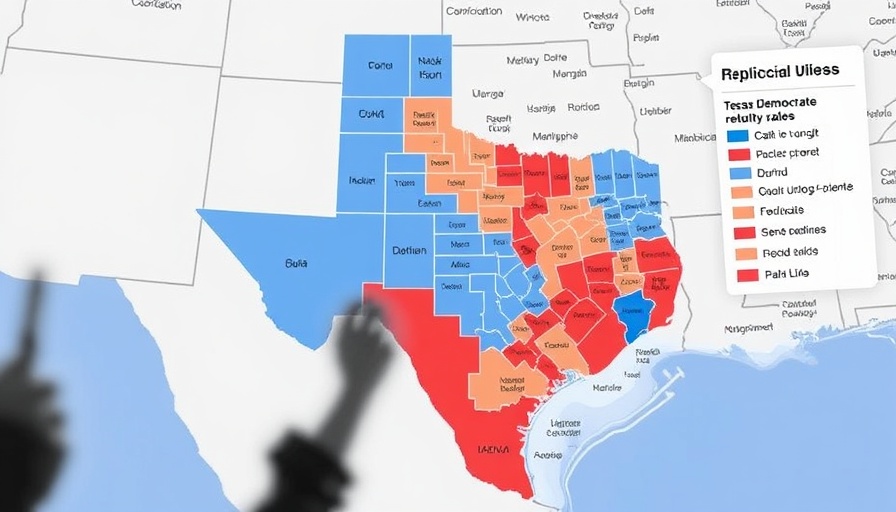
Dallas Drenched: Understanding the Heavy Rains and Urban Challenges
In recent days, North Texas faced a deluge, resulting in flash flood warnings and significant rainfall accumulation. In Dallas County alone, reports indicated a staggering 3 to 6 inches of rain, prompting emergency responses from Dallas Fire-Rescue and police departments.
The Immediate Impact of Flash Flooding
On a Wednesday afternoon marked by torrential rains, Dallas Fire-Rescue was dispatched to at least 13 high-water calls, highlighting the urgency of these severe weather conditions. One notable incident occurred when a driver was stranded at the intersection of Shady Trail and Glenda Lane but managed to escape without injuries.
User Experiences During the Deluge
Local resident Roberta Bell described the chaotic driving conditions, pointing out numerous accidents as she went about her day driving for a ride-share service around Love Field. "It's horrible. I've seen several accidents," she reported. The adverse weather had transformed the everyday commuting landscape in Dallas into a cautionary tale for residents traversing flooded roads.
Weather Preparedness: Key Takeaways
Severe weather phenomena like flash floods amplify the importance of preparedness. Residents should keep local emergency services updated should they encounter dangerous conditions. The wisdom behind keeping emergency kits and having contingency plans cannot be overstated, especially in regions like North Texas where sudden weather changes can develop quickly.
Flooding in Broader Context: Understanding Regional Weather Patterns
The surge of storms wasn't merely limited to Dallas. Nearby areas such as Tarrant County and Ellis County also experienced the wrath of heavy rains, enforcing the need for collective resilience throughout the North Texas region. The increase in such extreme weather events signals potential changes in climate patterns that require a community-oriented approach to preparedness.
Community Support and Action Steps
In times of severe weather, social connection becomes essential. Neighbors helping neighbors can drastically reduce risk. If residents encounter challenging driving conditions or witness others in emergencies, immediate communication with local authorities remains a critical first step. Organizing community watch groups may also foster an environment of mutual support.
Conclusion: The Ongoing Call for Vigilance
With flash floods becoming more common across North Texas, proactive measures, community resilience, and awareness are key to navigating an era of unpredictable weather. As climate patterns shift, residents must remain vigilant and prepared for similar incidents in the future.
 Add Row
Add Row  Add
Add 




Write A Comment